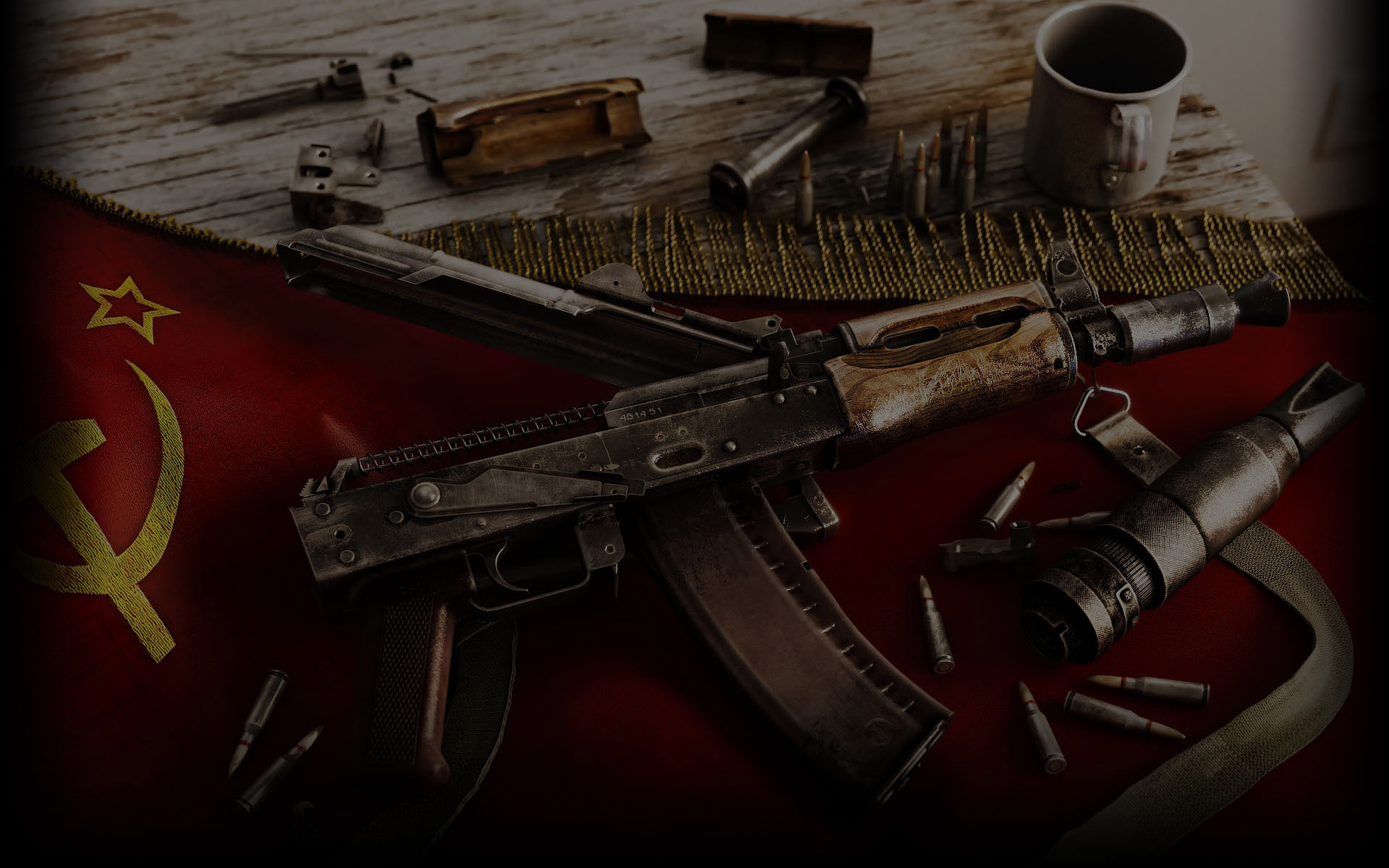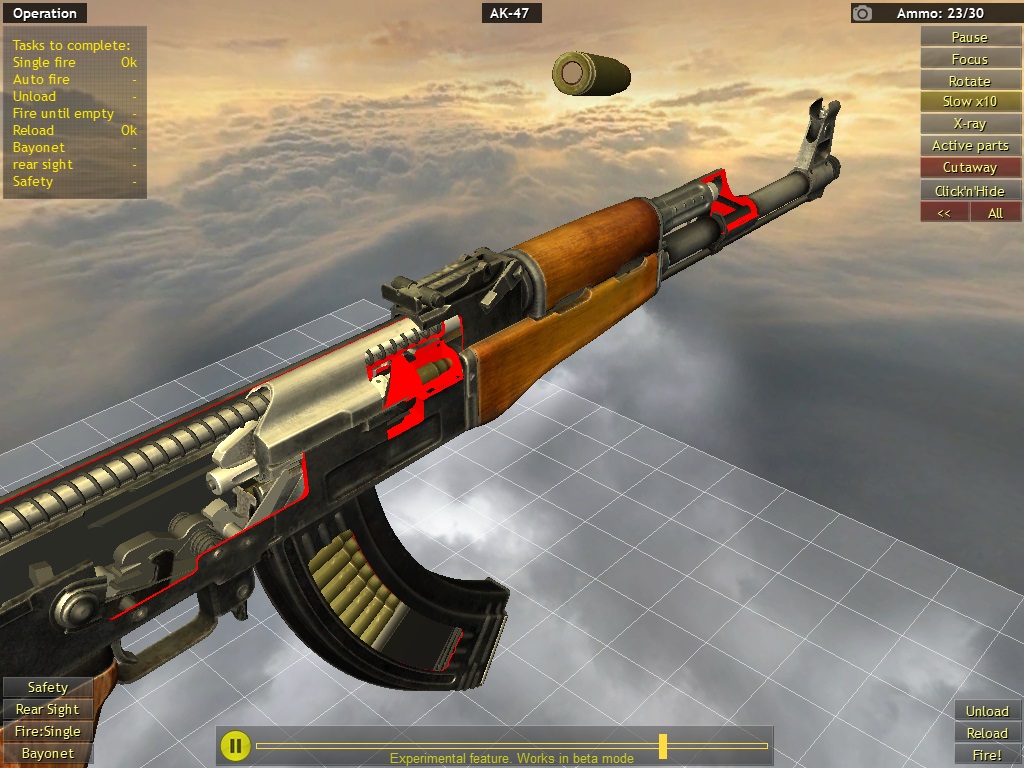


World of guns gun disassembly trapdoor rifle full#
The breech is opened by rotating it a fraction of a full turn, until a hole through the breechblock aligns with the bore. Instead of holding the breechblock between the breech at one end and the receiver at the other, in this design the breechblock is threaded around its circumference and is screwed into the breech until it meets the rear of the chamber. The Nordenfelt eccentric screw breech is a variation of this design. Mating faces can be profiled (ie not faced perpendicular to the axis of rotation) so that the breech tends to seal or fit more closely as it is closed. In the M1867 Werndl–Holub, the cylindrical breechblock is retained at the rear by the receiver. The geometry is not unlike the cylinder of a revolver. Rotating the cylinder then closes the breech. A longitudinal cut-out section or eccentric hole provides access to the breech.

It is also known as a cannon breech because of association with some cannon designs. The side hinged breechblock of the Joslyn rifleĪ rotating drum breechblock or rotary breech consists of a cylinder which rotates on an axis offset from the barrel. The breechblock is well supported by the receiver within which it slides and the mechanisms for opening and closing the breech do not have to act to any extent against the forces generated on firing. A vertical sliding block rises and falls while a horizontal sliding block slides to one side. When the breechblock slides down to expose the breech, it is referred to as a falling-block, as used in the Sharps rifle. The sliding action is perpendicular to the axis of the barrel. The breechblock in a sliding block slides across the face of the breech to close it. Some straight-pull designs may use a rotating bolt but other breech-locking mechanisms can be employed. Straight-pull bolt-action firearms do not require the operator to rotate the cocking handle to cycle the action. This action is commonly achieved by a slot cut in the carrier that engages a pin through the bolt perpendicular to the axis of the barrel. Similarly, when closing the breech, the final forward movement of the carrier causes the bolt to rotate and lock the breech. With the breech locked, an initial rearward movement of the bolt carrier causes the bolt to rotate and unlock. In these cases, the bolt is held by a bolt carrier. Rotating bolts can be adapted to automatic or semi-automatic designs and lever or pump actions. The Desert Eagle is a gas-operated, semi-automatic pistol using a rotating bolt. A notable exception is the rear-locking system used in the Lee–Enfield. Most types are front-locking and have the lugs mounted near the breech face. Multiple lugs permit a smaller degree of rotation to lock and unlock the breech. More often, the bolt locks closed with two or more lugs that operate like a bayonet mount. This type of locking is usually reserved for low-pressure applications such as the. In some designs, the handle (sometimes called a cocking handle) rotates to lock against a shoulder in the receiver or body of the firearm. It is the basis for the bolt action, in which the bolt is rotated and retracted by a handle attached to the bolt. The bolt slides in the receiver along the axis of the barrel and is rotated in the same axis to lock or unlock it against a closed breech. It is so called, because its operation is similar to a pad bolt or barrel bolt. Usually referred to as a bolt rather than a breechblock, a rotating bolt is perhaps the most common variant. This article primarily addresses the matter of breechblock design, as opposed to the action, which relates more with how the mechanism is operated, even if the distinction is not always clear. A breechblock must close against the rear of the breech for firing but be able to be retracted or otherwise moved for loading or unloading or to remove a spent cartridge.Ī breechblock is not a component of designs with multiple or moveable chambers such as revolvers, harmonica guns, Kalthoff repeaters, Kammerlader rifles or, split breech designs. A breechblock is a separate component and is not a feature of the break-action. Perhaps the simplest way of achieving this is a break-action, in which the barrel, forestock and breech pivot on a hinge that joins the front assembly to the rear of the firearm, incorporating the rear of the breech, the butt and usually, the trigger mechanism. A typical break-action, double-barreled shotgunĪ way of closing the breech or chamber is an essential part of any breech-loading weapon or firearm.


 0 kommentar(er)
0 kommentar(er)
